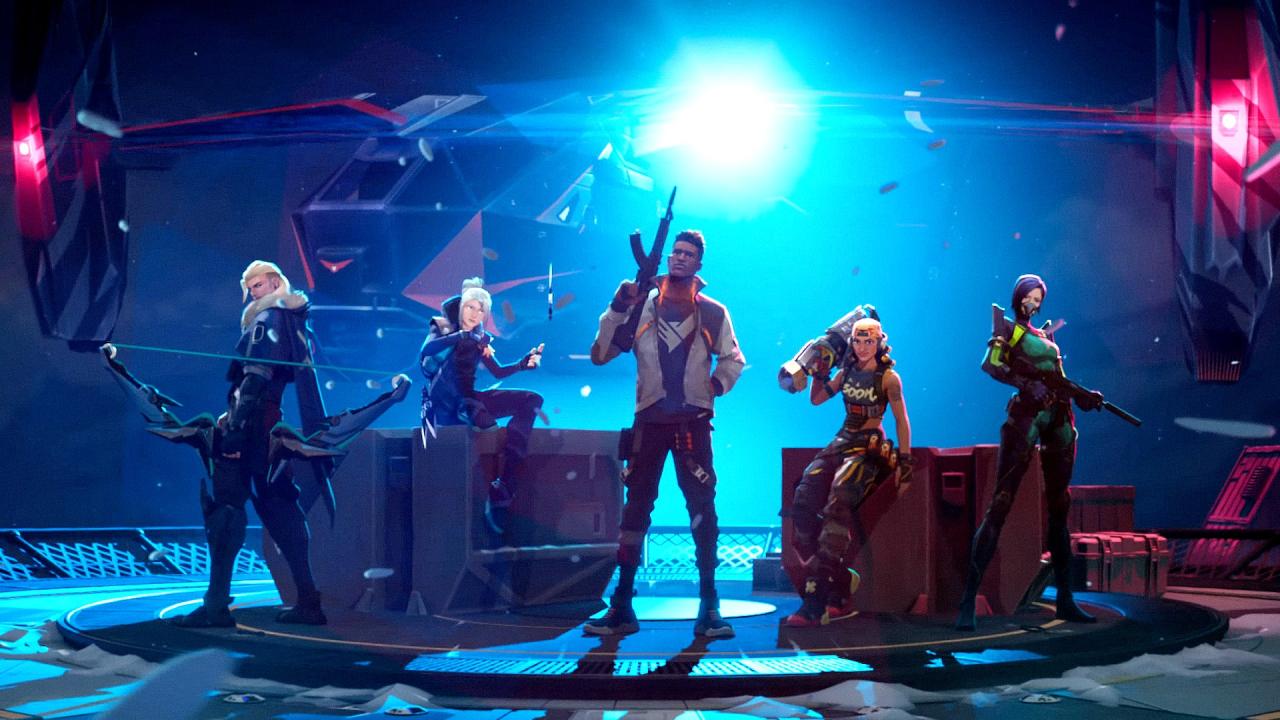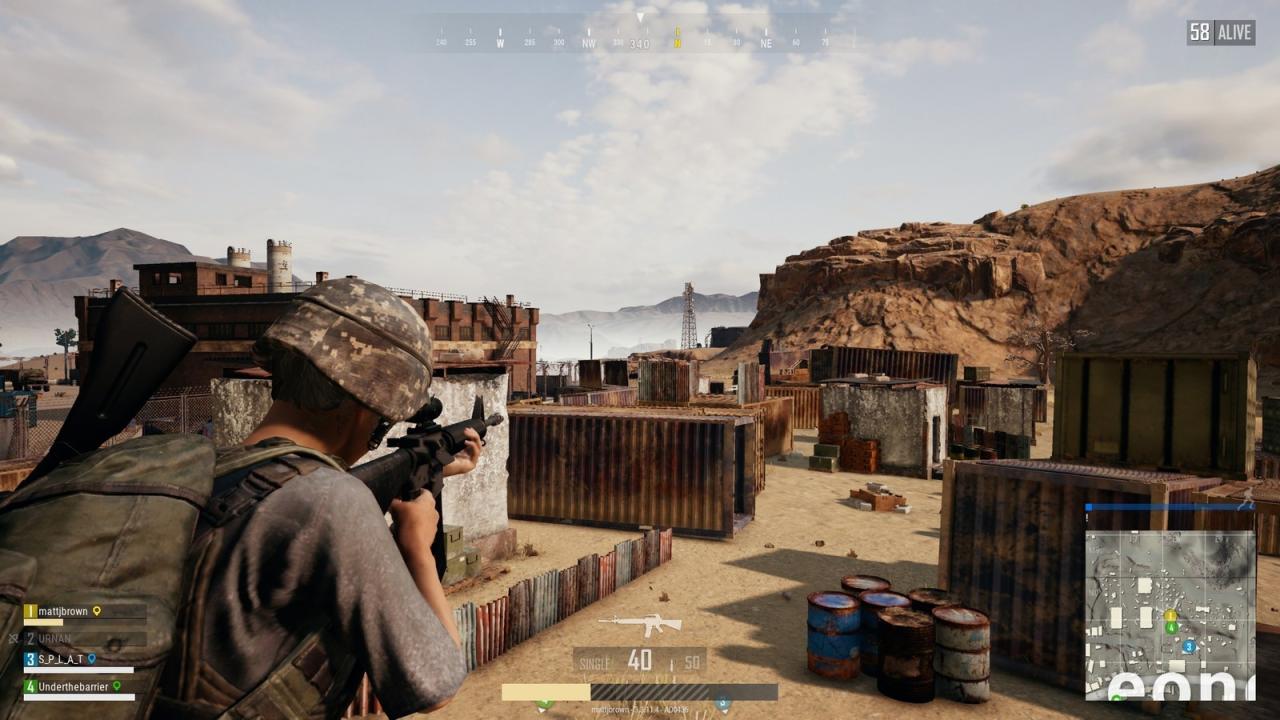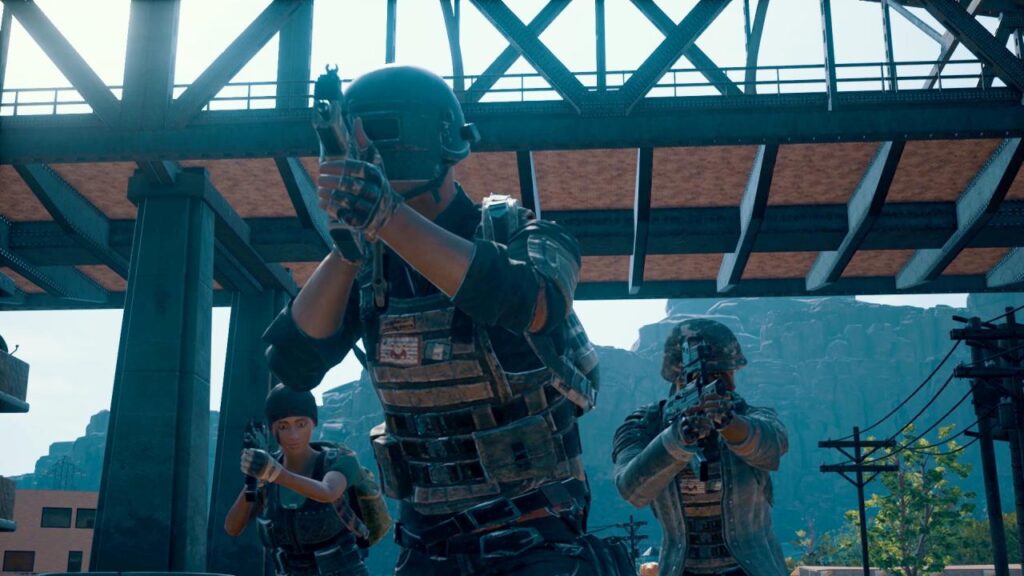The history of gaming is marked by transformative shifts, but arguably none has been as profoundly social and enduring as the explosion of multiplayer games, turning what was once a solitary pastime into a global, interconnected phenomenon.
Moving beyond the single-player experience where you were solely responsible for the fate of your hero, multiplayer introduces the unpredictable, dynamic, and ultimately richer element of human interaction, transforming the digital arena into a stage for cooperation, competition, and shared adventure.
This genre, which allows two or more players to participate in the same game environment simultaneously, has not only dominated the market but has fundamentally reshaped how we define a community, turning strangers across continents into temporary teammates or fierce rivals.
From the simple thrill of local split-screen battles to the dizzying complexity of Massively Multiplayer Online Role-Playing Games (MMORPGs) that host thousands of players in a single persistent world, these games thrive on social dynamics, demanding skills in communication, strategic coordination, and emotional intelligence just as much as raw mechanical prowess.
The technology enabling this connectivity—robust networking, powerful servers, and sophisticated anti-cheat systems—serves as the invisible backbone for millions of daily interactions, confirming that for a vast and growing segment of the population, gaming is now inherently a social activity.
It is this shared digital experience that injects endless replayability and emotional resonance into games, cementing the multiplayer format as the apex of interactive entertainment.
Defining the Multiplayer Experience

Multiplayer gaming simply means that multiple players can enjoy the game together, but the specific form of that interaction varies dramatically.
A. The Core Concept of Shared Play
At its most basic, a multiplayer game requires two or more human participants engaging in the same game session.
The core appeal lies in the unpredictable behavior of human opponents or allies, making every match unique.
It introduces a social element that traditional single-player games, no matter how complex, cannot replicate.
The competition can range from intense one-on-one duels to massive team-based conflicts involving dozens of players.
B. Local Multiplayer (Couch Co-op)
Local multiplayer is the oldest and most intimate form of shared gaming.
This format involves all players physically gathered in the same location, often sharing the same screen or console.
It includes split-screen racing games and classic cooperative (co-op) beat-’em-ups.
The intimacy of this format fosters immediate, direct social interaction and shared excitement.
C. Online Multiplayer
Online multiplayer is the dominant form today, connecting players across vast geographical distances via the internet.
This requires robust server infrastructure to manage player data and ensure low latency (lag).
It allows for massive player counts and the creation of persistent worlds that continue to exist even when the player logs out.
This format has been crucial in the rise of global gaming culture and competitive esports.
D. Cooperative vs. Competitive Play
Multiplayer experiences often fall into one of two main psychological categories.
Cooperative (PvE – Player versus Environment) play focuses on a team of players working together to defeat challenges designed by the game itself.
Competitive (PvP – Player versus Player) play pits players directly against each other, either individually or in teams, with victory as the sole objective.
Many popular titles seamlessly blend both elements, offering players a choice of how they wish to engage with others.
The Landscape of Multiplayer Genres

Multiplayer mechanics are so versatile that they have been successfully applied to almost every major video game genre, often leading to the genre’s highest level of popularity.
A. Massively Multiplayer Online Role-Playing Games (MMORPGs)
These are enormous, persistent virtual worlds where thousands of players interact simultaneously.
MMORPGs emphasize long-term character development, social grouping (guilds), and collaborative quests.
World of Warcraft and Final Fantasy XIV are classic examples that demonstrate the powerful social bonds formed within these digital spaces.
The long lifespan and community focus of MMORPGs make them incredibly compelling to their dedicated fan bases.
B. Multiplayer Online Battle Arenas (MOBAs)
MOBAs are a highly competitive, team-based genre where two teams of players fight to destroy the opposing team’s main structure.
The core loop involves strategic hero selection, leveling up in-match, and intense coordinated team fights.
Games like League of Legends and Dota 2 command enormous viewership and have become cornerstones of the esports world.
Success in MOBAs hinges on flawless communication and tactical synergy among teammates.
C. First-Person Shooter (FPS) and Battle Royale
The FPS genre revolutionized online competitive play with games like Counter-Strike and Call of Duty.
It focuses on fast reflexes, map knowledge, and precise aiming in high-stakes combat.
Battle Royale is a popular subgenre where 100 or more players drop onto a map, fight to be the last one standing, and deal with an ever-shrinking play zone.
Fortnite and PUBG exemplify the intense, survival-based dynamics of the Battle Royale format.
D. Real-Time Strategy (RTS) and Simulation
While less common today, RTS games like StarCraft II remain highly competitive, requiring players to manage resources, build armies, and execute complex strategies against an opponent in real time.
Multiplayer survival games like Rust or ARK: Survival Evolved mix strategy and cooperation, forcing players to survive a harsh environment while dealing with the threats posed by other players.
These games thrive on delayed gratification and long-term planning.
E. Sports and Racing Games
The appeal of virtual sports like FIFA (EA Sports FC) or NBA 2K is fundamentally tied to competitive multiplayer.
Players enjoy the thrill of head-to-head competition that mirrors real-world sports events.
Racing games offer intense competitive leagues and ranked matches that demand driving skill and nerve.
Online ranking systems provide a continuous incentive for improvement and fierce rivalry.
The Technology Driving the Connection
The seamless nature of modern online multiplayer relies on a stack of sophisticated technologies working quietly in the background.
A. Dedicated Servers and Cloud Infrastructure
Unlike peer-to-peer connections, most major games use dedicated servers hosted in professional data centers.
These servers act as the central authority for the game state, validating player actions and synchronizing the world.
Using cloud computing platforms allows developers to quickly scale up or down the number of active servers based on player demand.
This is critical for accommodating massive, unpredictable player spikes, such as during a new game launch.
B. Netcode and Latency Management
Netcode is the term for the portion of the game’s code that manages networking and data synchronization between players and the server.
Latency (or ‘lag’) is the delay in communication, and good netcode is engineered to minimize its impact.
Techniques like client-side prediction allow a player’s computer to temporarily guess what will happen next, making the action feel smoother until the server confirms the result.
Poor netcode can lead to frustrating experiences like being shot after running behind cover, a common source of player complaints.
C. Matchmaking Systems
Sophisticated matchmaking algorithms are essential for creating fair and enjoyable competitive experiences.
These systems aim to pair players with similar skill levels (often measured by an ELO or ranking system) to ensure competitive balance.
Matchmaking also considers factors like geographic location (to minimize latency) and team size/composition.
Effective matchmaking is crucial for player retention and the long-term health of a competitive game.
D. Anti-Cheat and Security
With high stakes like competitive rankings and prize money, security against cheating is paramount.
Modern games use complex anti-cheat software that monitors game memory, processes, and network traffic for unauthorized modifications.
The need for security is an ongoing arms race between developers and cheat creators, constantly requiring new updates and safeguards.
A secure environment builds player trust and ensures the integrity of competitive play.
The Social and Psychological Impact
Multiplayer gaming is fundamentally a social experience, carrying deep implications for how players interact and form relationships.
A. Fostering Digital Communities
Multiplayer games are powerful social hubs, connecting individuals who might otherwise never meet.
Guilds, clans, and teams form robust social structures within the game world, complete with shared goals and hierarchies.
Many players consider their in-game friends to be just as important as their real-life acquaintances.
The shared challenge and subsequent victory create a powerful sense of camaraderie and shared identity.
B. Developing Soft Skills
Playing in a competitive team requires players to hone crucial soft skills that translate to the real world.
Effective communication, rapid decision-making under pressure, and conflict resolution are practiced constantly.
Team leaders develop skills in strategy, delegation, and motivation to guide their team to success.
The experience teaches players how to handle defeat gracefully and learn from mistakes.
C. The Rise of Spectator Culture
Online multiplayer birthed the massive esports phenomenon and the dominance of live streaming platforms like Twitch and YouTube.
Watching professional players compete in high-stakes tournaments provides entertainment, tactical lessons, and a sense of shared community.
The best competitive games are not just fun to play; they are also riveting to watch, creating a sustainable spectator ecosystem.
This spectator culture creates gaming idols and role models for aspiring players.
The Future of Connected Play
The evolution of multiplayer gaming is far from over, with new technologies promising even deeper levels of connection and immersion.
A. Cross-Platform Play (Cross-Play)
The industry is moving toward a future where platform barriers disappear, allowing players on PC, PlayStation, Xbox, and Switch to play together seamlessly.
This increases the player pool for all games and reinforces the idea of a single, unified community.
Achieving true cross-progression (allowing players to carry their account data and purchases across platforms) is the next major step.
B. Integration with Cloud Gaming
Cloud gaming services (like Xbox Cloud Gaming or NVIDIA GeForce NOW) allow high-end multiplayer games to be streamed and played on virtually any device.
This dramatically increases accessibility and minimizes the financial barrier to entry, as players no longer need expensive local hardware.
It requires even more robust server architecture and extremely low latency networking.
C. Metaverse and Persistent Social Spaces
The concept of the Metaverse sees multiplayer games evolving into persistent, interconnected social and economic digital worlds.
Future experiences will combine elements of gaming, social networking, commerce, and creative tools.
Games will increasingly serve as meeting places for non-gaming events, concerts, and educational activities.
D. VR and AR Multiplayer
Virtual Reality (VR) multiplayer provides the deepest possible sense of presence, making it feel like you are physically in the same room as your friends or opponents.
Augmented Reality (AR) allows players to share digital game elements overlaid onto the real world, turning ordinary environments into collaborative playgrounds.
These technologies represent the ultimate convergence of the social and immersive gaming experience.
Conclusion
Multiplayer gaming has utterly transformed the digital world into a boundless social arena.
It injects the essential, unpredictable element of human connection that elevates a game far beyond its code.
The variety of genres, from massive MMORPGs to lightning-fast MOBAs, proves the format’s incredible versatility.
Cutting-edge networking, server infrastructure, and complex matchmaking systems are the unsung heroes of smooth online play.
Multiplayer fosters rich digital communities, teaching valuable soft skills like teamwork and strategy along the way.
The rise of esports and streaming demonstrates that the fun of multiplayer is just as strong for spectators as for participants.
Cross-play, cloud gaming, and VR are set to obliterate remaining barriers, making connected play universal.
The future of gaming is unequivocally shared, reinforcing that human interaction is the most compelling game mechanic of all.







